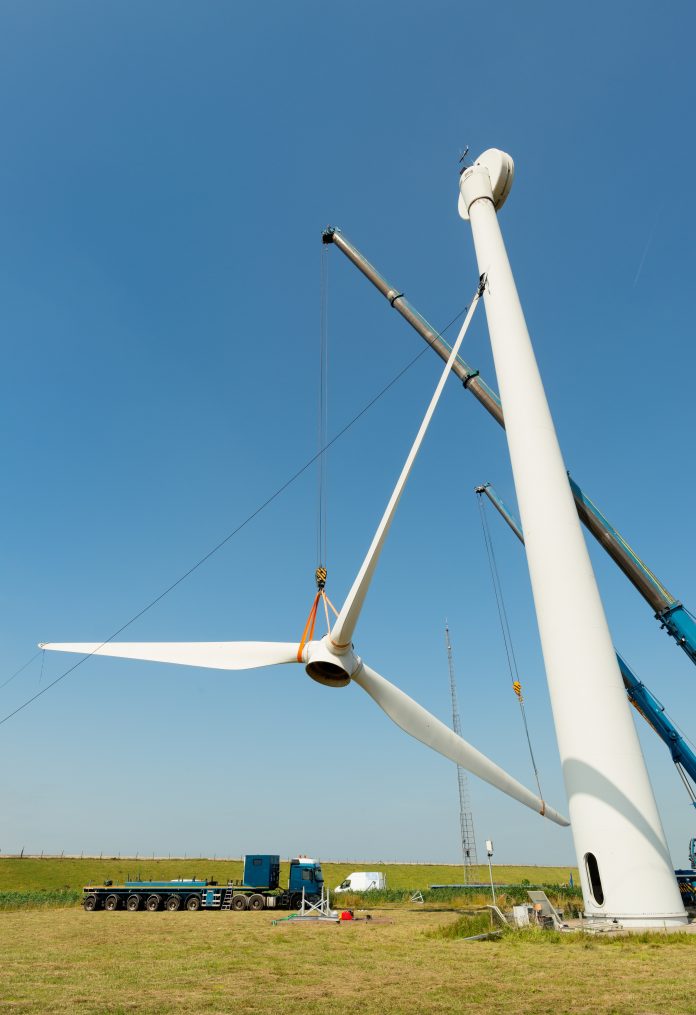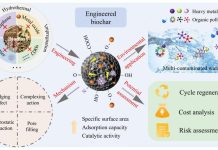As the demand for renewable energy grows, questions addressing the environmental impact of wind turbines have grown
At the moment, an estimated 2.5 million tonnes of composite materials are used in wind turbines globally, with around 350,000 tonnes of end-of-life (EoL) blades expected to be decommissioned in Europe by 2030.
The recycling of these materials remains a substantial challenge, with the circularity of wind turbine blades nearing zero.
To tackle this issue, the REWIND Project, short for Efficient Decommissioning, Repurposing, and Recycling to Increase the Circularity of End-of-Life Wind Energy Systems, has been launched.
Dismantling wind turbines
This plan looks to develop new technologies for dismantling wind turbine blades and to introduce new ways of repurposing and recycling composite materials.
The overall goal is to improve the circularity of these materials, increase their industrial applications, and minimise reliance on landfilling and incineration.
The REWIND Project focuses on several key areas, including proper disassembly techniques, quality inspection, and characterisation of composite waste. These steps will help determine whether components from EoL products should be reused or recycled based on their value. The project also seeks to identify high-value applications for these materials in industries such as construction and automotive.
Repurposing wind turbines
AIMPLAS, the Plastics Technology Centre, is leading the project, which includes 14 partners from seven countries, including Spain, France, Denmark, Italy, Germany, Turkey, and Greece. AIMPLAS has led efforts in thermal and chemical recycling, developing advanced methods like catalyst pyrolysis and solvolysis to streamline processing times and temperatures.
The team will focus on re-polymerising recovered monomers to create new recycled resins. Over the next four years, REWIND is expected to deliver significant benefits, including improved durability, recyclability, and sustainability of both onshore and offshore wind turbines. The project also aims to open new markets for wind turbine recycling and repurposing, enhancing the overall sustainability of wind energy systems.
By combining the principles of reuse, recycling, and rethinking, the REWIND Project stands strong in transforming how end-of-life wind turbine materials are managed. Strong backing from the European Union’s Horizon Europe Research and Innovation Programme, shows a critical step toward a more sustainable future for renewable energy.











